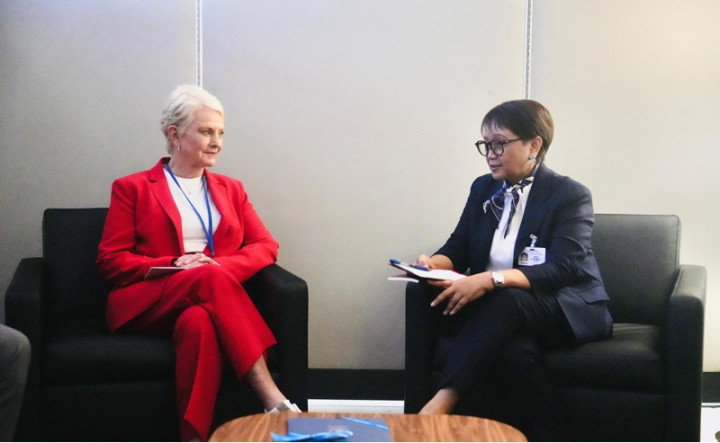New Delhi: The World Health Organization (WHO) South-East Asia Region is committed to accelerating action to integrate quality, accessible and affordable hepatitis care into primary health care services.
Globally, an estimated 296 million people live with chronic hepatitis B. An estimated 58 million live with chronic hepatitis C.
In the WHO South-East Asia Region, an estimated 60 million people live with chronic hepatitis B and about 10.5 million live with chronic hepatitis C.
Safe and effective vaccines exist to prevent hepatitis B, alongside antiviral drugs that can treat chronic hepatitis B and cure most cases of hepatitis C. And yet, in 2019, hepatitis B and C caused around 1.1 million deaths globally, including an estimated 218 000 in the Region.
"To address significant gaps in diagnosis and treatment, WHO continues to support all countries of the Region to decentralize and bolster hepatitis care, bringing it closer to you, which is the theme for this year’s World Hepatitis Day," Dr Poonam Khetrapal Singh, WHO Regional Director for South-East Asia, said in a statemnt on Thursday.
"Amid the COVID-19 response, the Region has continued to implement key interventions to prevent, detect and treat hepatitis, and to engage and empower at-risk populations," Dr Singh added.
Since 2016, when the Region launched its Action Plan for Viral Hepatitis, nine countries have achieved more than 90% coverage of the third dose of hepatitis B vaccine, and four countries have reached the hepatitis B control target of less than 1% seroprevalence among children over 5 years of age.
But across the Region, just 10.5% of people who are eligible for antiviral treatment know their status, and of them, only 4.5% are on treatment.
Of the estimated 10.5 million people with hepatitis C, just 6.9% know their status, of which around 1 in 5 are on treatment.
"Other major challenges include insufficient data for advocacy and programmatic actions; long registration processes for newer hepatitis C medicines; and limited donor funds and/or the absence of dedicated funds for hepatitis in national health budgets," she explained.
"To bring hepatitis care closer to communities, and to eliminate hepatitis as a public health threat globally by 2030, several priorities must be addressed," she added.
First, political commitment to eliminate hepatitis must be strengthened, and investments in high-quality, people-centred hepatitis care increased, ensuring such investments are adequate, predictable and sustainable.
Second, access for all to safe and effective vaccines and drugs, and point-of-care diagnostics, must be improved, with a focus on increasing affordability. For this, the cost of hepatitis care should be integrated into national health and domestic financing.
Third, communication and community engagement strategies must be developed and/or strengthened to reduce stigma, and to increase awareness and testing, especially among populations at higher risk, such as people who inject drugs, men who have sex with men, and mobile and migrant populations.
Fourth, innovative service delivery models must continue to be explored and aligned with people’s needs, preferences and health-seeking behaviours.
Cek Berita dan Artikel yang lain di Google News
FOLLOW US
Ikuti media sosial medcom.id dan dapatkan berbagai keuntungan



















